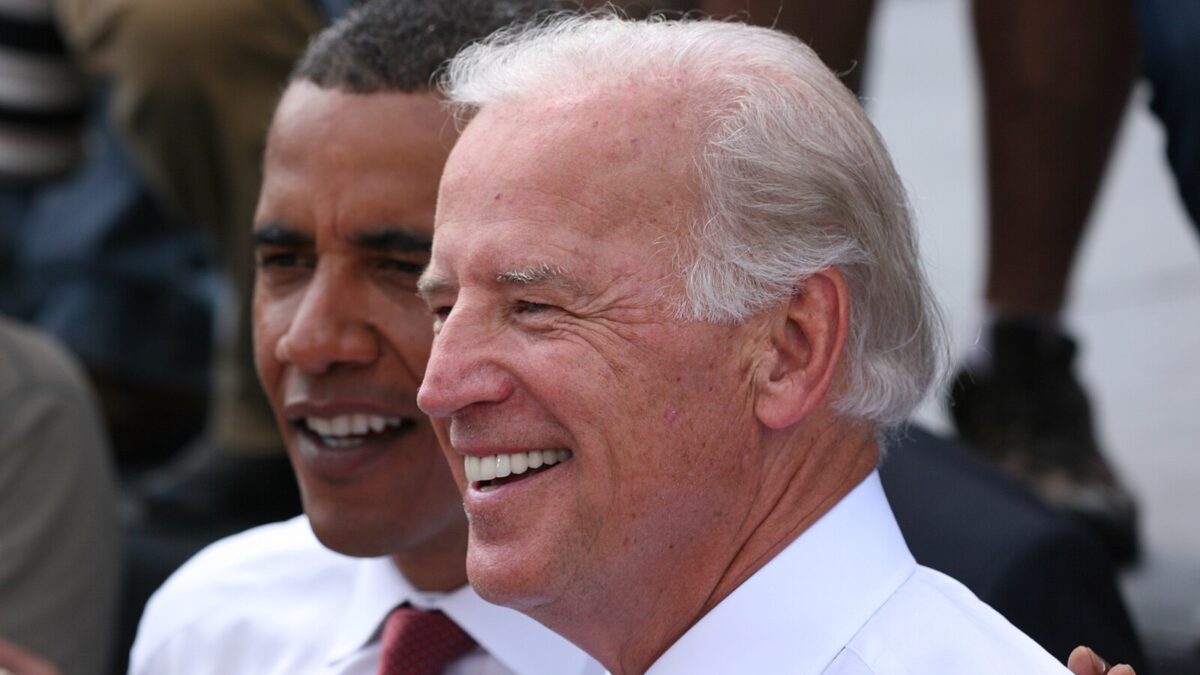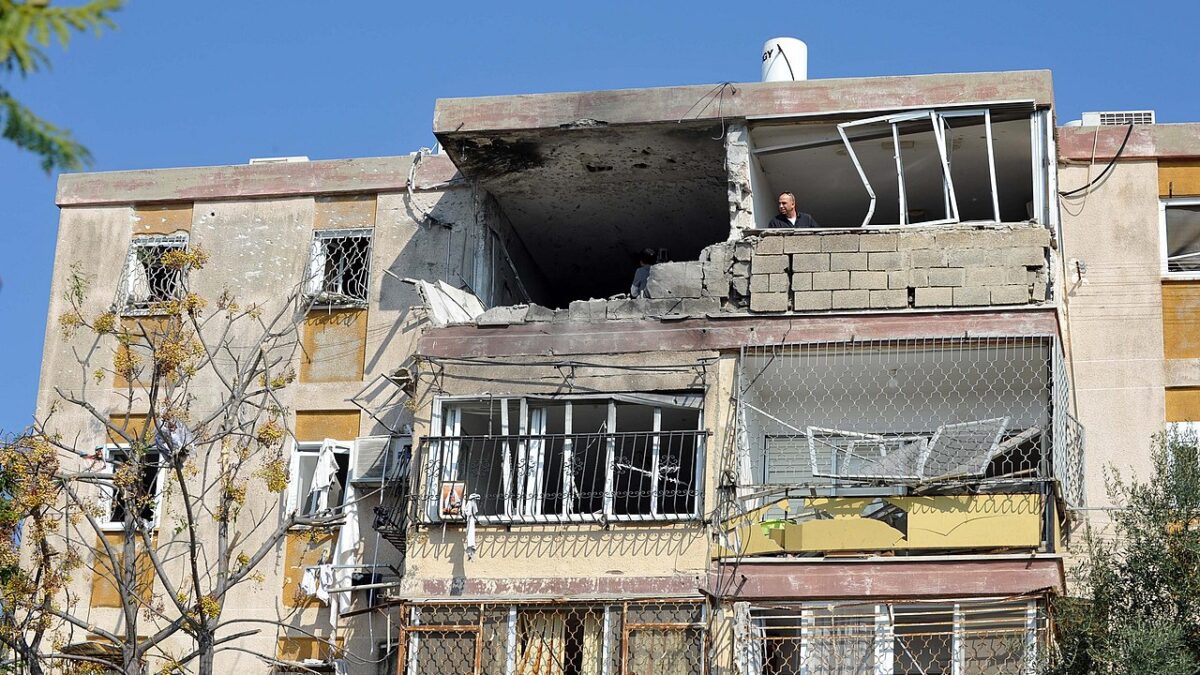
As the Biden administration set a specific date for the departure of all U.S. troops in Afghanistan earlier this year, some curious phrases stood out in media reports. Those phrases, constituting a pattern, never really took center stage in the dominant narrative. However, together they painted a picture that last week was painfully revealed.
The Biden administration miserably failed to plan for a post-withdrawal Afghanistan. That can be true, and it can also be true that staying longer with the same posture would not have yielded better long-term prospects for the Afghans once we left. It can also be true that alarming headlines were unavoidable; they are the natural accompaniment to military retreat.
But back in June and July, and even earlier, it was clear that the planning for our post-withdrawal counterterrorism mission was immature. Basics of the scope and scale of our air support to the Afghan government? Even more immature.
Let’s review some of the reporting from that time period, keeping in mind this is coverage from publications no one would consider hostile to the administration.
On June 10, The Hill noted that while the administration assured us of its ability to check the terrorist threat, specifics on the plan for doing so did not yet exist:
…U.S. officials have insisted the military will be able to keep terrorism threats in check through what’s known as over-the-horizon operations, or those launched from outside the country. But plans for exactly how those operations will work and where those troops could be based are still being crafted.
The United States does not have any basing agreements with Afghanistan’s neighbors, and various geopolitical concerns, such countries’ relations with Russia, appear to make any such agreements unlikely.
Meanwhile, Department of Defense-friendly publications, often comfortable with rote reporting of lengthy statements from DoD officials, provide a similar impression. On the particulars of our CT strategy, here’s a quote in a Breaking Defense article in June from Deputy Defense Secretary Kathleen Hicks.
“We’re working through all of that right now. The secretary and the chairman and the CENTCOM commander, among others, are looking at exactly what that idealized capability is,” she said. “We have to take into account regional aspects and allied approaches.”
In the article, it’s clear that essential details remained up in the air barely a month before the United States vacated Bagram. That same article gently hints at a similar status for the finer points of the North Atlantic Treaty Organization’s (NATO’s) continued support to the Afghans, for which, it said, “the details remain sketchy.”
Beyond the lack of information on the counterterrorism mission in the Breaking Defense article, the Biden administration suggests it intended to support the Afghan government and military through a distinct, non-counterterrorism air campaign. The article also noted U.S. Defense Secretary Lloyd Austin promised the United States and its allies would keep funding the Afghanistan Security Forces.
It’s unclear as we reactively bomb the Taliban on their march to victory if that pledge to craft a plan ever materialized into an actual one. One might be skeptical that it did, given that the administration continues to prevaricate as to whether air support will even continue after the end of this month.
The lack of planning created some awkward moments not only with NATO leadership, but also in Biden’s meeting with Afghan leader Ashraf Ghani in late July, barely a month before our formal departure. A Defense One article noted: “None of the questions about how the United States will support the Afghan government after September is likely to be answered when President Biden meets President Ashraf Ghani at the White House on Friday.”
It was obvious then that not only were few details worked out, but that they would remain unresolved as we stumbled towards the exits. Worryingly, that same article highlights the challenges our intelligence platforms will have sustaining in-country networks: “One of the top issues officials still need to figure out is how America can listen for terrorist plots to strike U.S. territory without people on the ground. Defense officials told Congress last month that they do not have a plan to collect intelligence after the withdrawal, and are still working to secure agreements with nearby countries to either allow overflight or host American assets.”
That nugget is critically important because the Biden administration plan to take potshots at terrorist groups from the sky requires networks of sources on the ground willing to work with us. Put very simply, someone has to drop the sensor that guides the drones towards the target. Captured in another Defense One piece, that lack of specifics from DoD on very basic elements of the strategy was enough to alarm a number of members of Congress back in May.
“I feel sorry for you because you’re being asked very specific questions about how you’re going to do things…from an audience that’s incredibly skeptical, that doesn’t believe you can do them,” Rep. Michael Turner, R-Ohio, was quoted as saying in a hearing.
That same round of questioning revealed another unappreciated failure on behalf of the administration. They decoupled the withdrawal timeline from their regional negotiations for a post-withdrawal presence. The Defense One article notes:
[Rep. Mike Rogers, R-Ala., the ranking member of the House Armed Services Committee, in a hearing] asked officials to commit to not fully withdraw from Afghanistan until access, basing, and overflight agreements are locked in with other countries in the region.
But David Helvey, acting assistant defense secretary for Indo-Pacific security affairs, said the withdrawal is separate from the effort to obtain agreements with other nations to keep assets in the area.
One doesn’t have to argue for a perpetual presence to recognize that more aggressively linking our withdrawal to regional agreements on basing, overflight permissions, and other cooperation could have led to more favorable terms for the United States.
To the administration’s credit, they eventually did lock in some of the very elemental details of our approach, even if the results are not comforting. Biden’s team failed to secure basing agreements in any of Afghanistan’s neighbors, but did convince one country to grant us overflight permission for our drones to go after terrorists: Pakistan.
However, those drones and our other aircraft are relegated to taking off from bases far afield in the Middle East, cutting down exponentially on their utility. As for anything but the broadest contours of our air support to the Afghan government, as you can see from the headlines day-to-day, that’s anyone’s guess.

That the decrepit state of planning in the leadup to a known and announced withdrawal deadline persists so late in the game is unforgivable given the lives and treasure expended in Afghanistan. I don’t expect the American people to get deeply invested in the country’s affairs again, nor should we return to the era of color-coded threats and experts on TV spouting the latest acronym for some regional terrorist group.
But given the alarming incompetence of this administration, it is incumbent upon the American people to pay attention to Afghanistan again until a credible plan takes shape. As the twentieth anniversary of 9/11 approaches, we owe ourselves that much.









